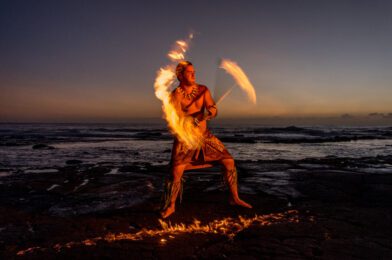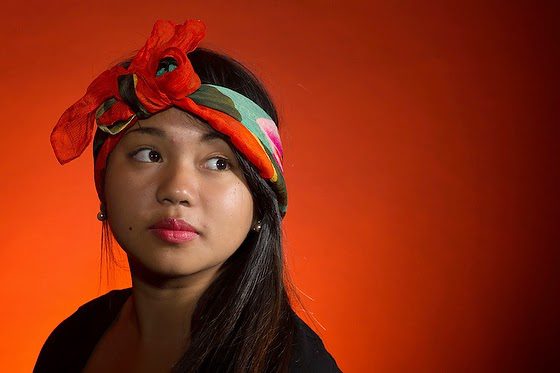| Nikon D750, NIKKOR 28-300mm f/3.5-5.6G ED VR, ISO 5000, ƒ/25, 1/40 |
I went out to shoot with strobes last night to show the students how to use a fill flash.
We set up a strobe to take some photos. This top one was without the strobe, which was a pleasant surprise to me.

Here you can see us setting up. Only one of those strobes is going off at a time. So we had two strobes set up the same way, giving more people the opportunity to shoot.
 |
| Click on the diagram to see it larger |
Here is one of the photos using this setup here.

If I had been shooting this for myself, I would have had even more options and maybe an even better photo. Instead, I shot a few and gave the students time to shoot the same setup on their cameras.
We used Pocketwizards to trigger the strobe.




